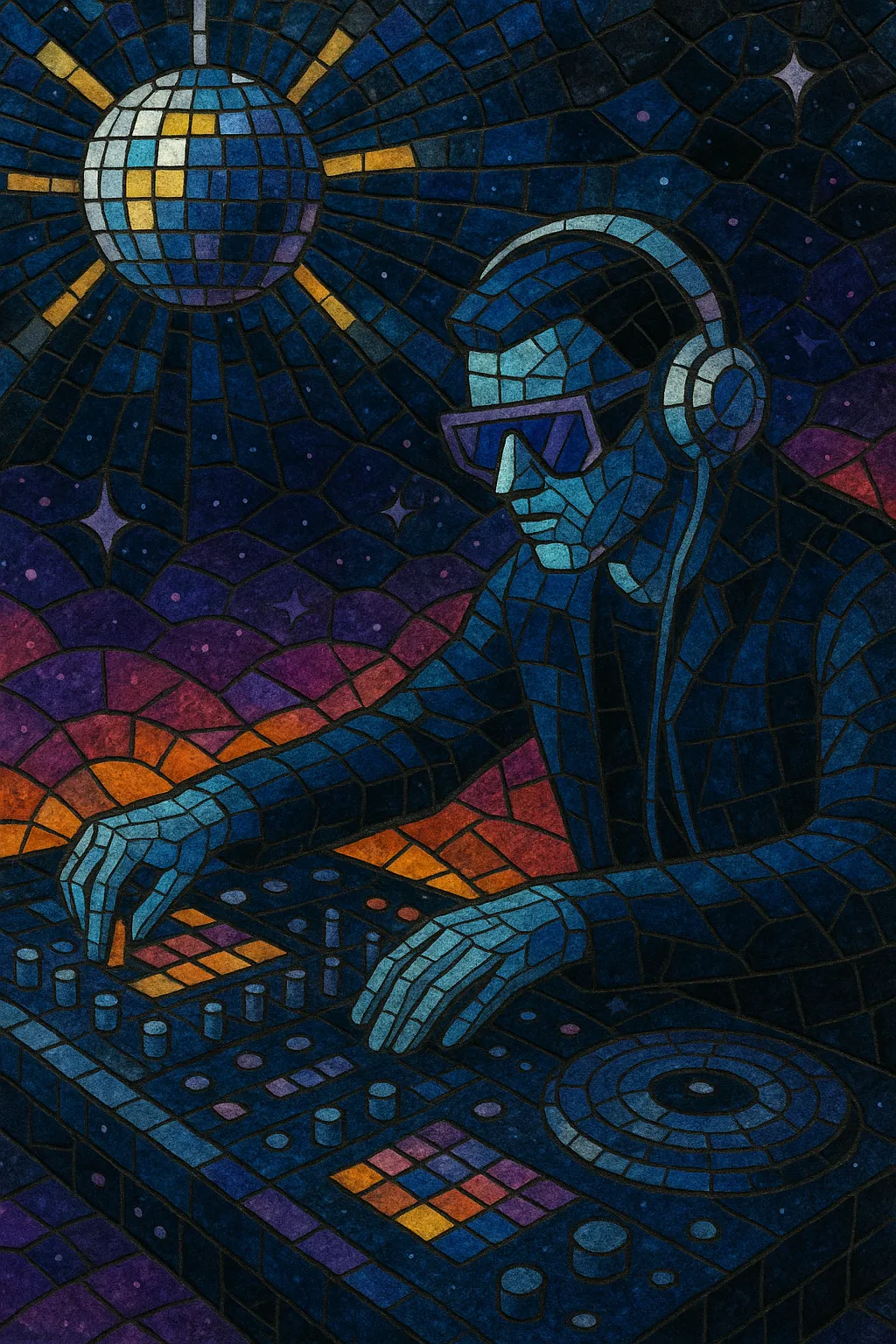Electro-disco is a late-1970s strand of disco that foregrounds electronic instruments—sequenced synthesizers, drum machines, and vocoders—over traditional rhythm sections.
It typically features a steady four-on-the-floor kick, arpeggiated or step-sequenced basslines, lush string or pad textures, and futurist or space-themed aesthetics. Tempos usually sit between 115–128 BPM, with extended arrangements designed for DJs.
Pioneered in European studios (especially Munich), the sound’s clean, machine-like pulse and repetitive motifs bridged classic disco with the coming era of synth-pop, Hi-NRG, house, and techno.
Electro-disco emerged in the late 1970s as producers in continental Europe began replacing or augmenting disco’s live rhythm sections with synthesizers and early drum machines. Working in Munich’s studios, producers like Giorgio Moroder embraced Berlin School-style sequencing and the possibilities of Moog and ARP systems. This approach culminated in tracks such as Donna Summer’s “I Feel Love” (1977), often cited as a watershed moment where a fully electronic, hypnotic pulse defined a new kind of dancefloor futurism.
The new sound spread quickly across Europe, especially in France and Italy. Artists like Cerrone, Space, Alec R. Costandinos, and Gino Soccio created long-form, DJ-friendly arrangements with sleek, machine-driven grooves, vocoder hooks, and space-age imagery. Electro-disco coexisted with and fed into Eurodisco and “space disco,” emphasizing cosmological themes, phased strings, and spotless studio production.
While the U.S. saw a disco backlash around 1979–80, electro-disco’s electronic core continued to blossom in Europe and Canada. Its streamlined pulse and sequenced basslines directly inspired Hi-NRG and Italo-disco, while its synth-first mindset influenced synth-pop and the programming aesthetics of early electro. The genre’s drum-machine drive and repetitive structures later resonated with Chicago house and Detroit techno pioneers.
Electro-disco’s DNA is audible in the foundations of modern dance music—from house and techno to French house and contemporary synthwave. Its emphasis on precise sequencing, extended arrangements, and futurist textures remains a blueprint for producers seeking an elegant, propulsive, and electronic-forward approach to the dancefloor.


